Exploring Osaka: Japan’s Second City
When I told people that Jared and I were going to Japan for our summer vacation, many people said the same thing.
“Tokyo?”
Actually…no.
Eight days isn’t really enough to see all of Japan, so we sacrificed the electric skyscrapers of Tokyo for the ancient temples of Kansai, and got cheap tickets directly to Osaka.
Osaka is the second largest city in Japan, and not its most attractive one – at least according to our guidebook. And if I were going on appearances alone, I’d have to agree. It’s a city. It’s got cars, tall buildings, concrete, and traffic lights. On the whole, Osaka isn’t a visually stunning place.
But if you break it down, that’s where you find the good stuff.
Like little green frogs protecting you from falling into gaping holes in the road.
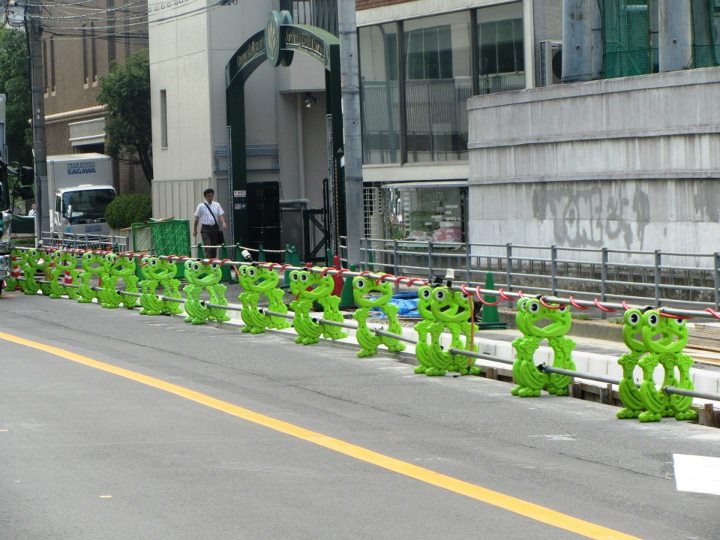
Instructional posters that say all they need to say with two simple pictures:
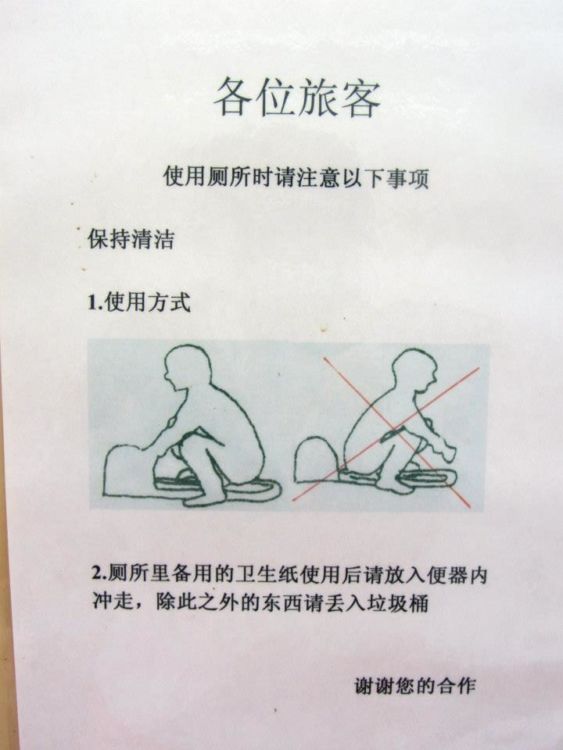
And creative manhole covers. I love the idea of infusing beauty into everyday things, like carving the image of Osaka Castle into an otherwise dull sidewalk accessory.
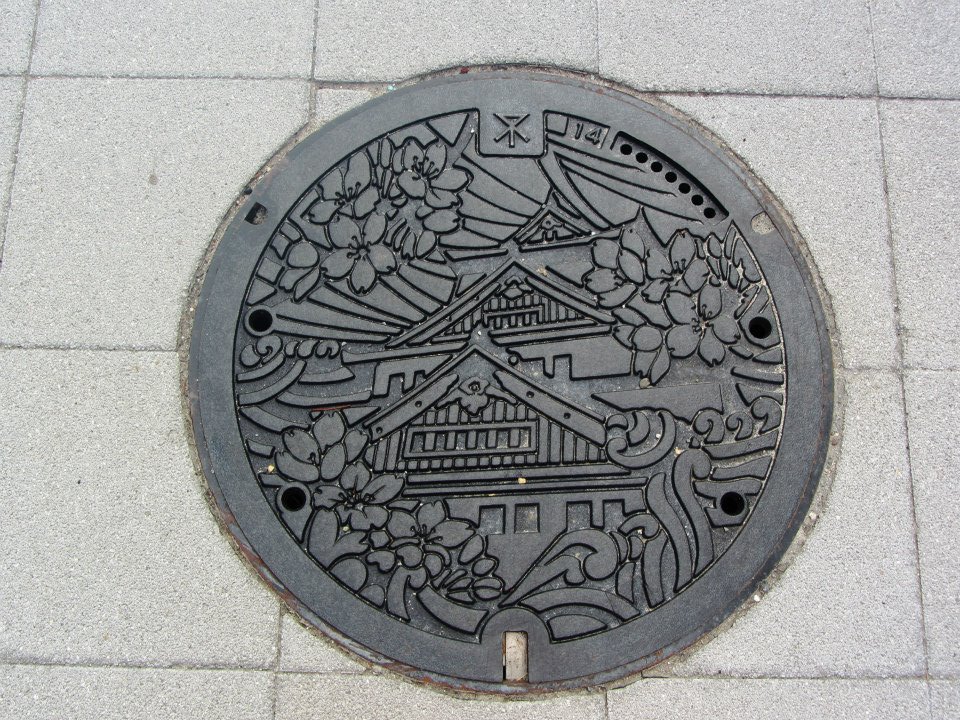
The real Osaka Castle is slightly more arresting than the manhole lid, especially against the backdrop of a clear blue sky. We don’t always opt to go into castles and temples, because the outside is often the best part. But in this case, we did, and it was the right decision. The observation deck at the top gave me my first real views of Osaka, and the museum inside kept us busy for an hour of air-conditioned bliss.
Tip: Show your all-day subway pass to get a small discount on the entrance fee.

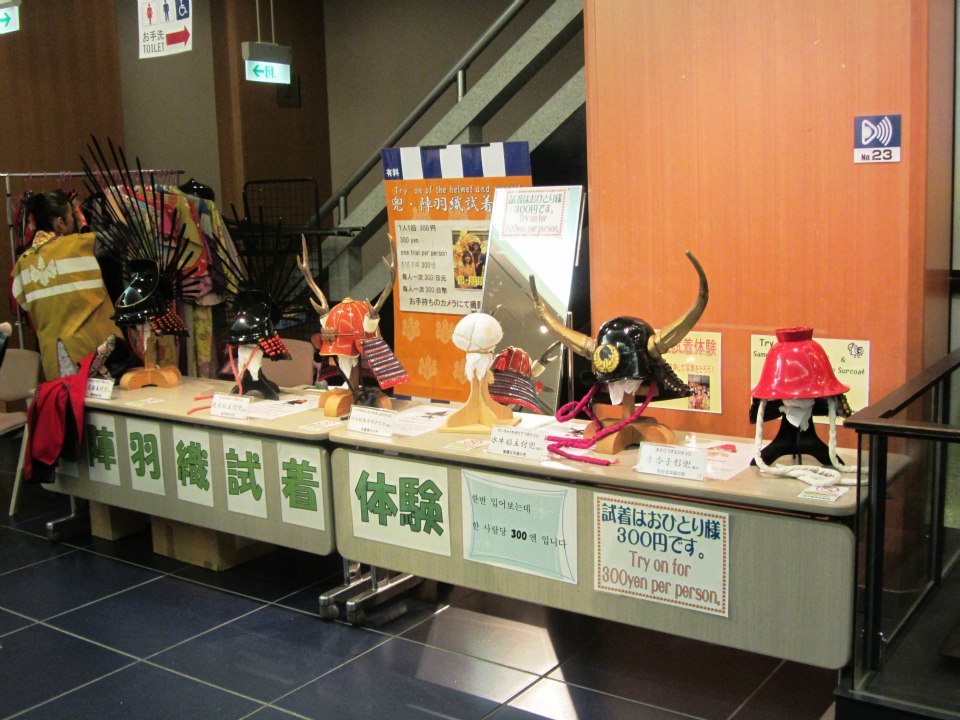
In the gardens surrounding the castle, I was immediately distracted by a shiny silver dome that looked like a flattened hover-tank. (And yes, as far as I’m aware, I just made up ‘hover-tank.’)

It was a time capsule.
A time capsule, people.
For the 1970 World Expo, people from all over the world collected 2,098 cultural assets of the 20th century. These artifacts, which include such gems as a glass eye, turntable, and resin-coated insects, were encased in two identical time capsules and buried 15 meters below the hover-tank.
A sign next to the capsule summed things up neatly:
“Hoping for never-ending world peace and prosperity, we hereby bequeath these two capsules to the people living 5000 years from now. It is hereby requested that the upper capsule be opened at the beginning of every century, and that the lower one remain unopened until the year 6970.”
6970! I felt like I was looking into the future, into a world where people were going to laugh in disbelief when they unearthed the mainstays of everyday life in the 1970s.
“A glass eye,” they’d chuckle, as they stepped into their hover-tanks. “Isn’t that cute.”
You’d think nothing could top that, but then we went for lunch.

It was just noodles. Dipped in a concoction of ginger, soy, green onion, and sesame seed.
But it was bliss.
The restaurant was one we selected from our guidebook, buried in the basement level underneath a shopping center. It had about 15 seats lining the bar and was the size of a generous walk-in closet. We ordered by pointing at a picture, then had personal assistance from the chef, who came around to show us exactly what to do.
Using your chopsticks, take two noodles from the big bowl (never more than two) and thread them into the little bowl. Then, slurp.
We slurped our way through Osaka, pausing for squid balls:
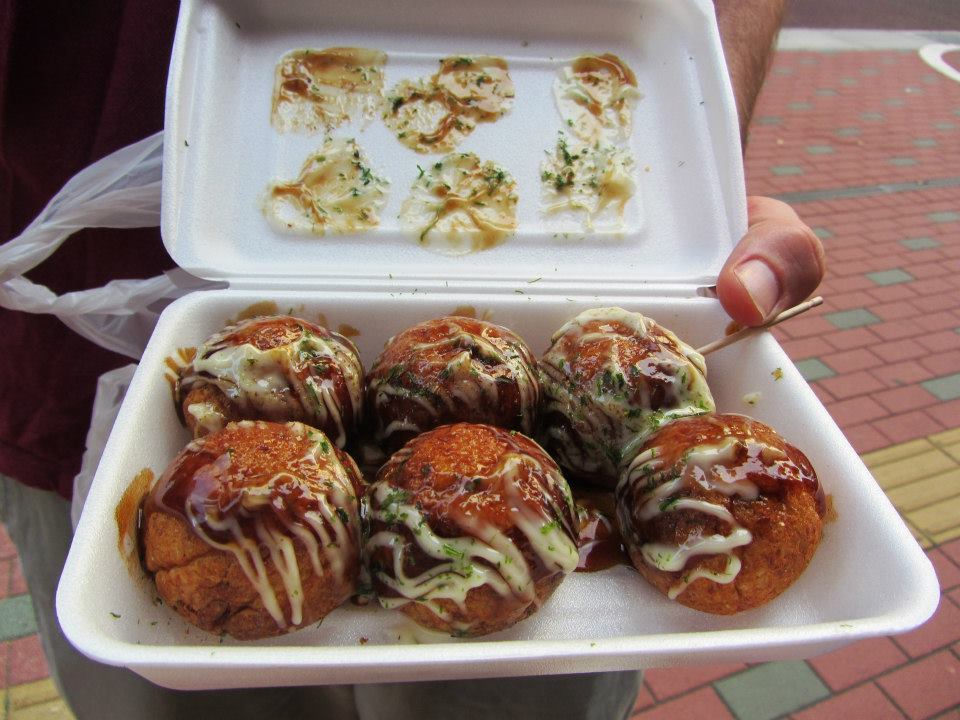
And okonomiyaki, an omelet packed with pork, beef, and seafood, cooked to order in front of our eyes and accompanied by warm sake.
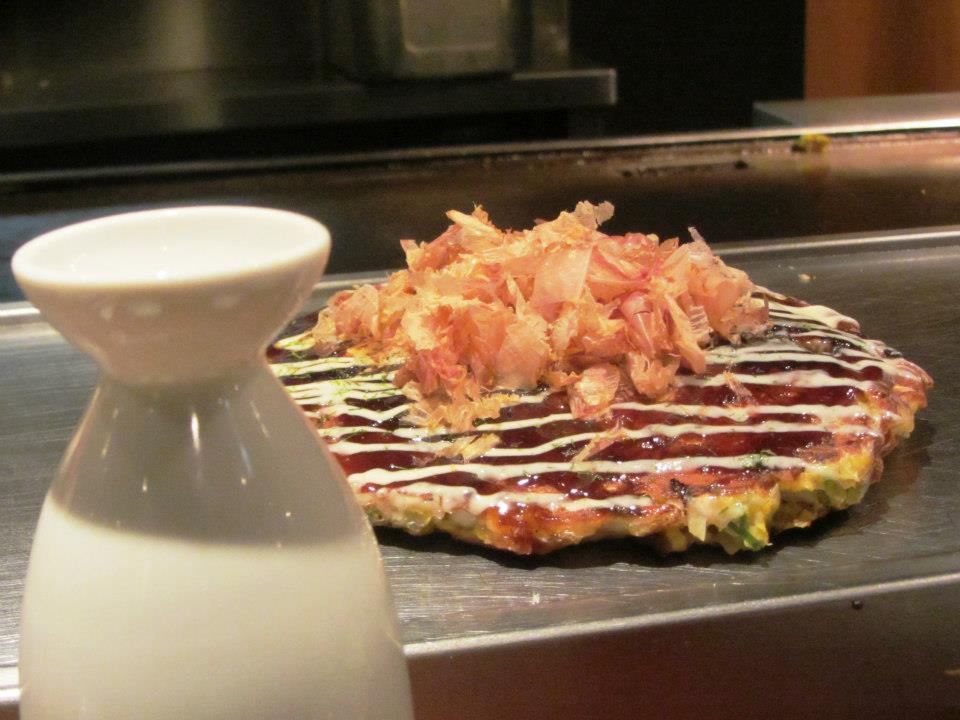
Not everyone was as happy as we were. I often forget that although this is my vacation, it’s still the daily grind for others. Like this worker sneaking a smoke break and judging the world.

The last thing we did in Osaka was something I’ve never done anywhere else, and that was to visit an open-air farmhouse museum.
A what?
Yep. The Open-Air Farmhouse Museum is north of Osaka city, but was only about a mile from our hotel. We had a spare day in Osaka at the end of our trip, so…off we went. The farmhouses had all been dismantled in other parts of Japan and relocated to make up the ‘museum.’
The roofs were thickly thatched, and sloped to keep the snow off in the winter. I was pretty awe-struck at the idea of extended families living in these wooden buildings, slaving away year-round with the knowledge that a single misplaced spark could send the whole homestead up in flames.
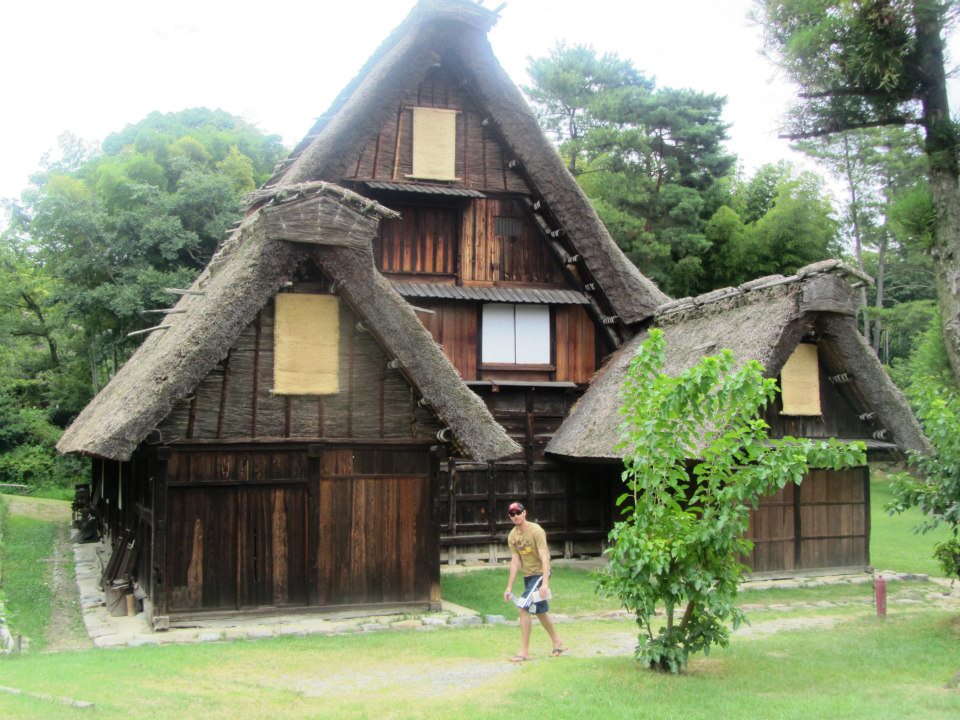


Eventually we realized that the downfall of an open-air museum is that it’s thick with mosquitoes, so we got the heck out of there. Farm houses are interesting, but not worth offering up my exposed skin as a buffet dinner.
Osaka may not have been as hectic as Tokyo; it may have had less flashing lights and slightly tamer crosswalks, but I don’t feel like I missed out.
Now if you’ll excuse me, I have some hover-tank plans that need attending to.



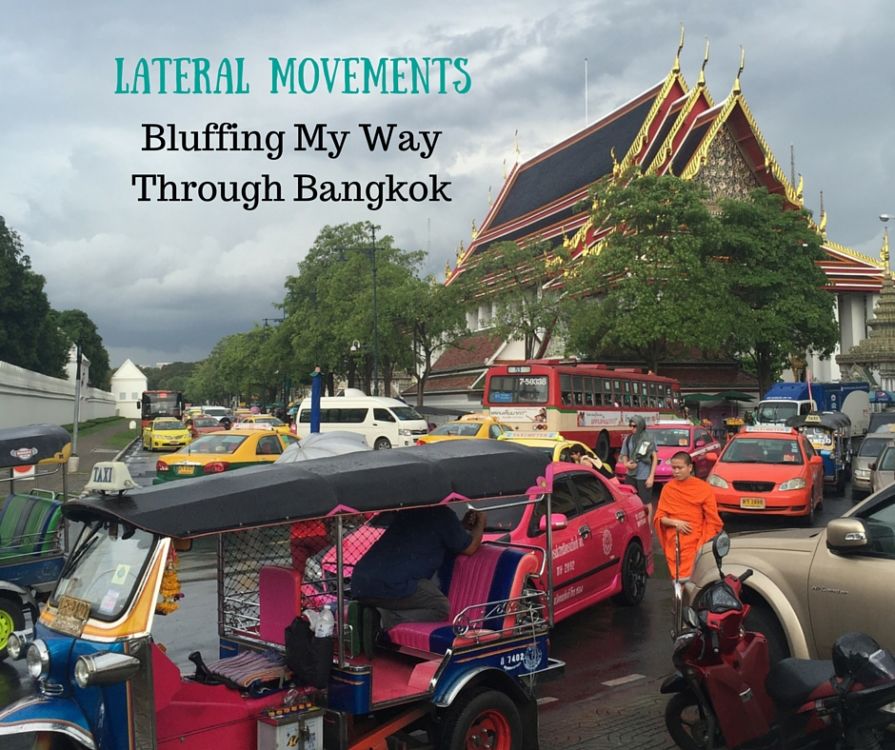
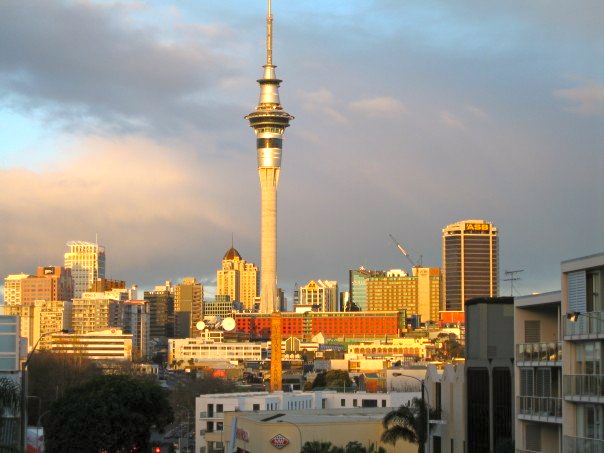
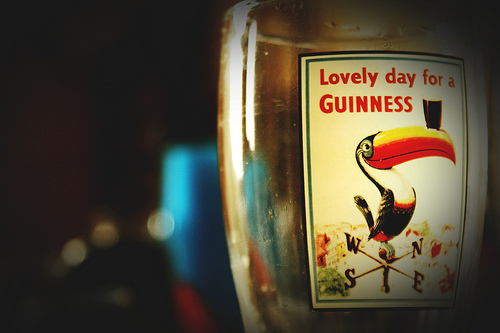

Time capsules, dress ups AND delectable food?! I think Osaka might be the place of my dreams! Awesome blog 🙂
Exactly! A winning combination in any city. Glad you enjoyed the blog!
The manhole cover isn’t just an Osaka thing. Just about every city and town in the country has a unique one.
The fish flakes are made by shaving thin bits off a dried bonito. They are usually added to takoyaki (squid balls) as well.
Yes, I’d heard they had them all over Japan. Love it!
Typically, I’m not a big fan of fish (I even had to google ‘bonito’), but while the flakes didn’t add anything for me, they didn’t really take anything away, either. I felt so out of touch with Japanese food after the familiar dishes in Korea, so I know we missed out on a lot. Good reason to go back!
Those frogs are awesome! I could have done with them in Colombia on quite a few occasions where I fell into holes in the road – once to thigh depth!
What?! That is something I’ll definitely be looking out for in South America. Add that to the list of things I didn’t know I should be concerned about!
That girl isn’t a geisha, she is just wearing a summer robe/kimono (yukata)- very common in Japan for people who are visiting temples that day and actually you can receive money from the government for wearing them to work to promote the preservation of traditional Japanese clothing, FYI. You might want to change the caption because I know there are a lot of people who could find that offensive and it technically is inaccurate. Geisha normally come out only in the evening and wouldn’t be seen without full face makeup. Anyway, nice article- I loved Osaka, and I want to go back again as soon as possible.
Fixed! Thanks for the comment. I knew she wasn’t a geisha, but didn’t think about the implications of the caption, particularly in combination with her stance. I didn’t realize that the government supplemented the outfits for workers. I think it’s a nice touch, but that’s coming from my tourist perspective. I’m sorry that we only got to spend a week in Japan – I never realized how much there was to see!